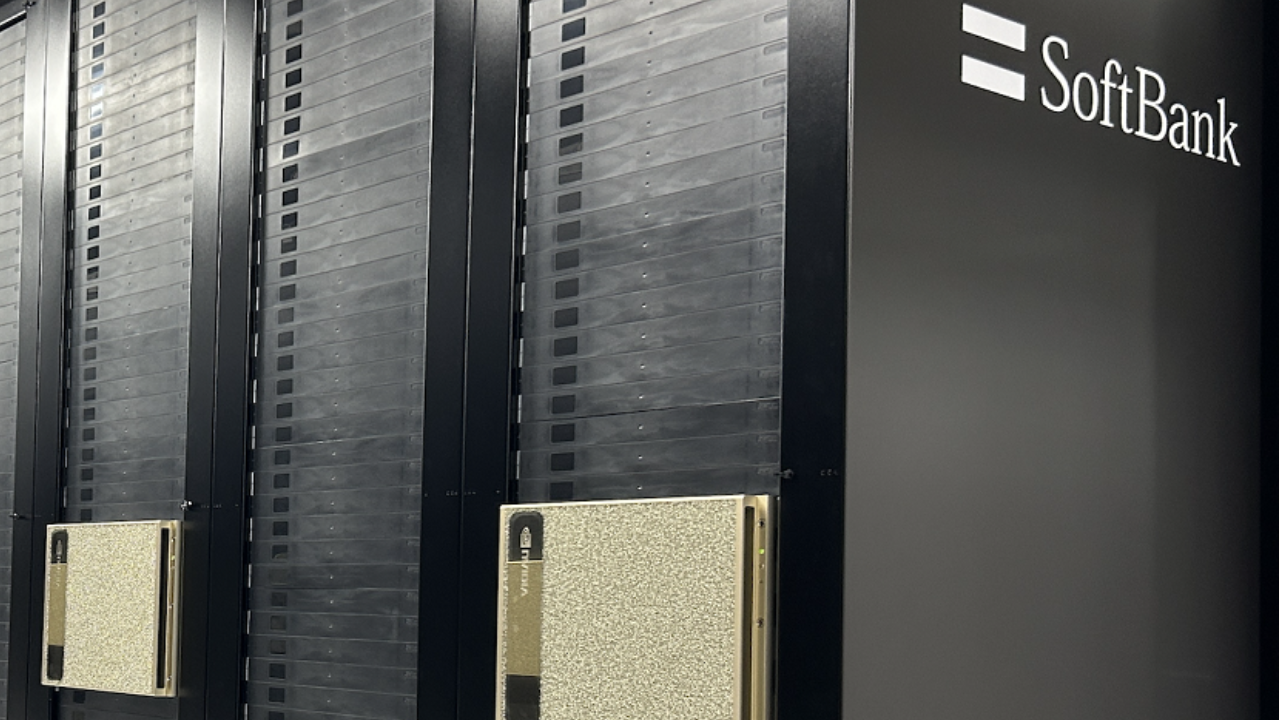The competition is already implementing AI, but are we? Will we be left behind? – This is the question that keeps many SME managers and business owners awake at night. Bombarded by headlines about revolutions, conferences promising breakthroughs and vendors guaranteeing that nothing will work without X, they feel immense pressure. Is this pursuit of every technological innovation a deliberate strategy or is it an act of panic?
Unfortunately, it is too often the latter. Blindly following trends is a costly digital innovation trap. Instead of solving problems, it generates new ones. In an age of ubiquitous information noise, the real strength of mid-market business turns out to be not pursuit but pragmatism – its traditional foundation.
The SME sector is particularly susceptible to trend pressure. It is not even about real competitive advantage, but about perception itself. The fear of being perceived as a backward company and on the threshold of extinction is sometimes stronger than cool business calculation. This psychological background sets in motion a typical vicious implementation cycle. It starts with panic and fear of missing a breakthrough (technological FOMO – Fear of Missing Out). Then a hasty implementation is undertaken, where a tool is chosen before the problem is defined. This ends in frustration, operational chaos and expensive island solutions. In the end, there is a bitter conclusion: this technology does not work, while only a flawed decision-making process was to blame.
Decision-makers often focus on the cost of licensing, which is a mistake. The real costs of chasing trends are hidden and much deeper. The financial cost is not just the purchase, but the gigantic integration expenses, endless training, consultant support and the risk of dependence on a single supplier (vendor lock-in). Equally acute is the human cost. Frustration and resistance from the team is a guarantee of project failure; if employees see the new tool only as a pointless chore, the project will fail. However, the most serious is the strategic cost. The time, energy and budget spent on fighting a failed AI implementation are resources that have not been devoted to solving the company’s real problems. A chatbot has been implemented, but the company is still drowning in a flood of emails and critical data languishing in Excel sheets.
No technology is bad in itself – what is bad is sometimes its application. Let’s look at the three most talked-about trends through the lens of pragmatism. The cloud offers flexibility, but does a company really need everything in the cloud? A hasty migration is sometimes unprofitable and generates serious legal risks. Blockchain is a revolutionary technology, but it is not the answer to everything. Do we really need a distributed registry to manage HR records when a robust database is 90% cheaper and 100% sufficient? Finally, AI – the biggest buzz of recent years. It’s supposed to automate and predict, but fed with chaos and junk data, it only produces expensive, junk results. Before we buy AI, we need to have something to analyse.
So how do we escape this trap? Escaping the FOMO trap does not mean technological stagnation. It means returning to the foundations of healthy management, based on three steps.
Firstly, diagnosis before prescription is essential. The order of asking the question needs to be fundamentally changed. Not “What technology should we implement?”, but “What specific problem do we want to solve?”. The problem is not a lack of AI, but invoices issued a week late. The solution then is to improve the workflow in the ERP system, not a chatbot.
Secondly, you need to do your digital homework. High-tech is an arbitrary programme that is only possible once you have mastered the mandatory programme. For most SMEs, this homework is the foundations: mapped processes, clean CRM, structured data and consistent interfaces (APIs) between systems.
Thirdly, it takes courage to say No. Nowadays, true business courage is not the pursuit of novelty. It is a conscious decision, backed up by analysis, not to implement something that does not fit in with the company’s strategy, is unprofitable or is implemented prematurely. This is not a sign of backwardness, but of strategic maturity.
Medium-sized companies should not see technology as an end in itself. It doesn’t matter if there is a trendy AI, Blockchain or Cloud label on the solution box. What is decisive is only whether the solution realistically makes work easier, reduces costs or inspires customers. True innovation in SMEs is not an expensive pursuit of fashion. It is the continuous, pragmatic improvement of processes using the right tools – even if they are as unfashionable as a solidly implemented ERP system.












